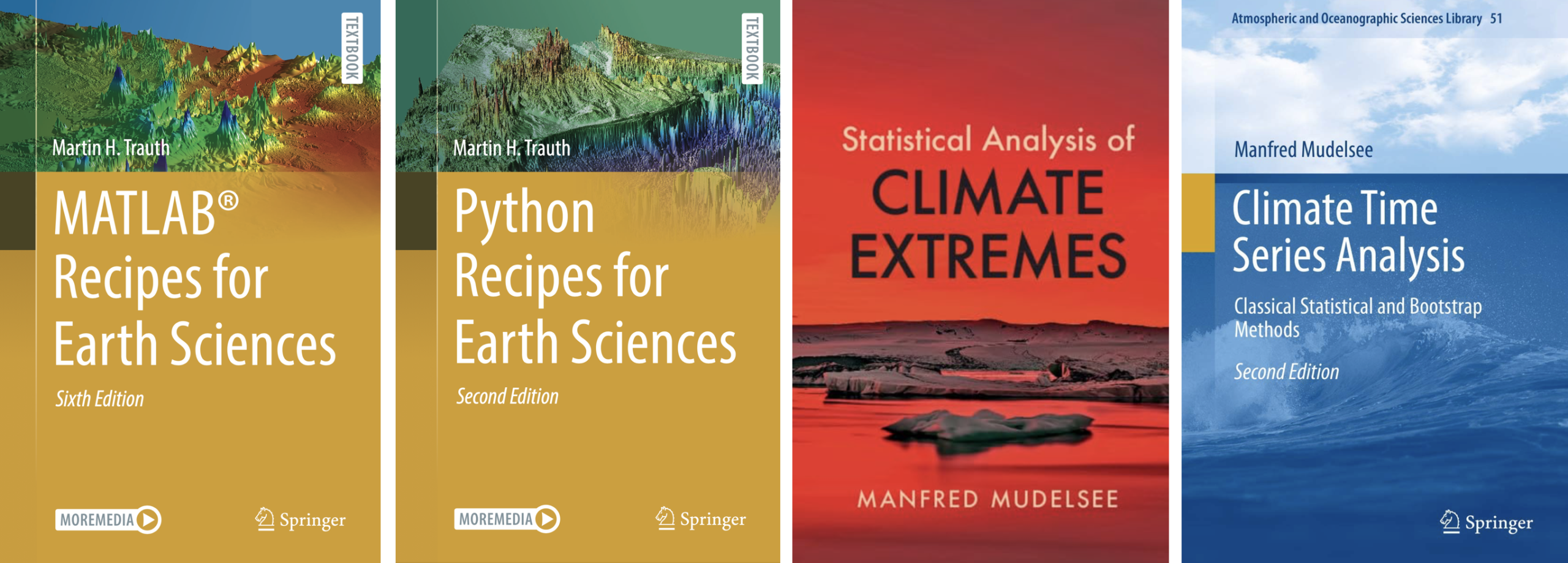PROTECT YOUR DNA WITH QUANTUM TECHNOLOGY
Orgo-Life the new way to the future Advertising by AdpathwayA reader recently asked whether or not there has been a statistically significant changepoint in Arctic sea ice loss. Such questions are usually prompted by studying the yearly minimum extent of the ice, well approximated by the September extent.
When I scan time series for changepoints I look for both cases, that in which the slope can change but the fit must remain continuous, and (the more common case for the Chow test) in which both the slope and intercept of the fit line are free to change. When I do this, I get the following fits (red line for the continuous fit, blue line for the discontinuous fit):
Statistically, we must account for the fact that the “change point” has such a wide range of possibilities; it’s the essence of changepoint analysis. It turns out that the continuous fit (it red) is not statistically significant, not even close. However, the discontinuous fit definitely is, at better than 99% confidence.
The discontinuous fit, preferred by the statistics, seems visually to support a regular claim of climate deniers: that Arctic sea ice has stopped declining. But has it, even according to this model? I computed not only the rate of change for each episode (before and after 2007), I also computed the uncertainty in those figures, which enables me to compare the (95% confidence) confidence intervals for rates of change before and after 2007:
Clearly the uncertainty is large compared to the actual values, because the time series are very short and quite noisy. The confidence interval for the “since 2007” rate includes zero, so it is believable (statistically) that yes indeed, there has been no real change since then. But the confidence interval also includes the rate it was changing before 2007 — so that even using the model in which there is a discontinuous shift in 2007, we still can’t be sure that the rate also changed at that time.
Those who proclaim “stability” for Arctic sea ice usually only look at the September minimum, but if we really want to know its status we should pay attention to what it does throughout the year. First I transformed sea ice extent to anomaly values, then I computed yearly averages. Subjecting those to changepoint analysis gives this:
Just as with the September minimum, the best-fit continuous model is not statistically significant but the discontinuous model is (even more strongly significant than before). Again estimating both the rates and their uncertainties during the two time spans:
This makes it clear that we cannot say with any confidence at all that it is declining more slowly now than before. Also, the interval since-2007 no longer includes zero. Claims of “stability” are simply ludicrous.
My opinion: the situation is more complicated than just a “linear decline” would suggest, but “stability” is not realistic. Those who push the idea that Arctic sea ice is somehow contradicting man-made climate change aren’t really trying to understand what is happening, they’re just pushing a pre-determined conclusion to support an agenda — which usually makes their opinions worse than useless.
You can help this blog; feel free to
donate at my wee dragon



























 English (US) ·
English (US) ·  French (CA) ·
French (CA) ·